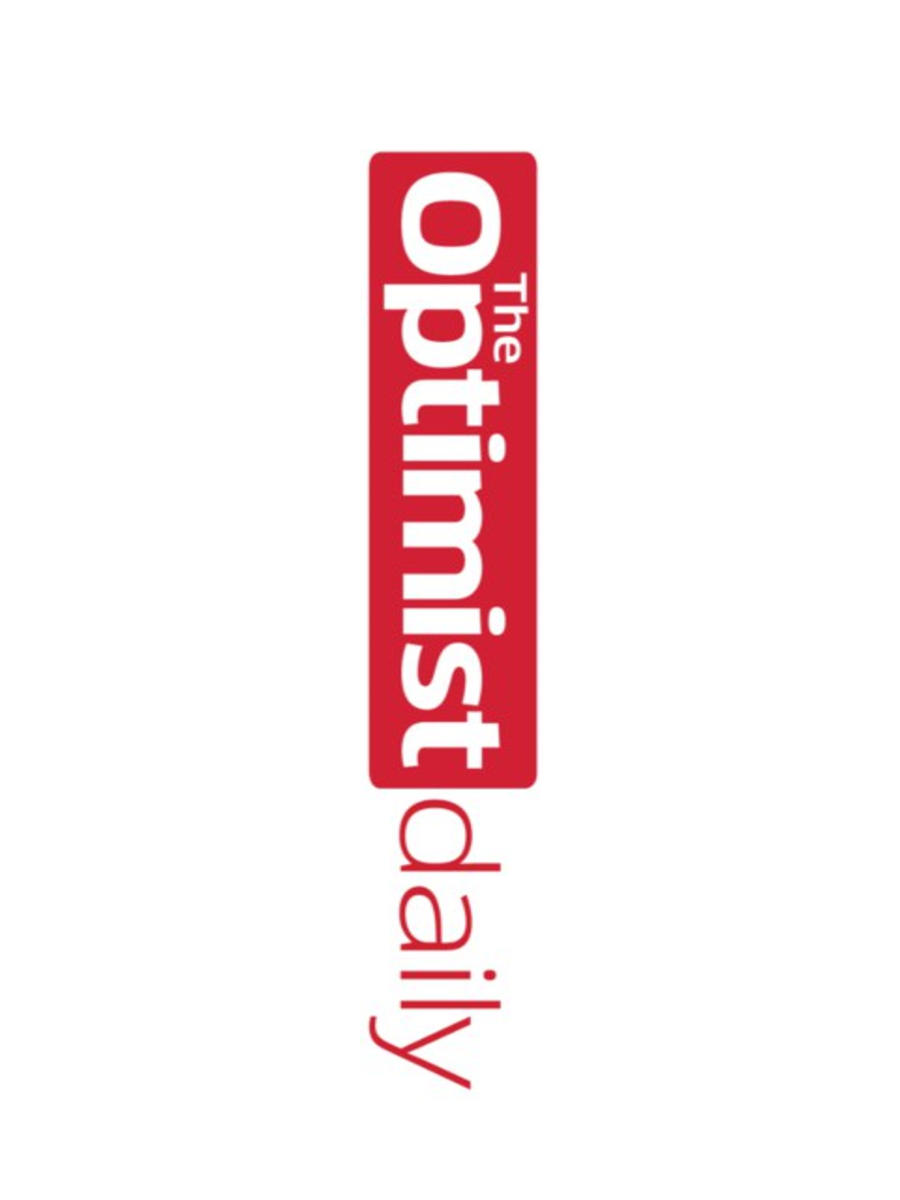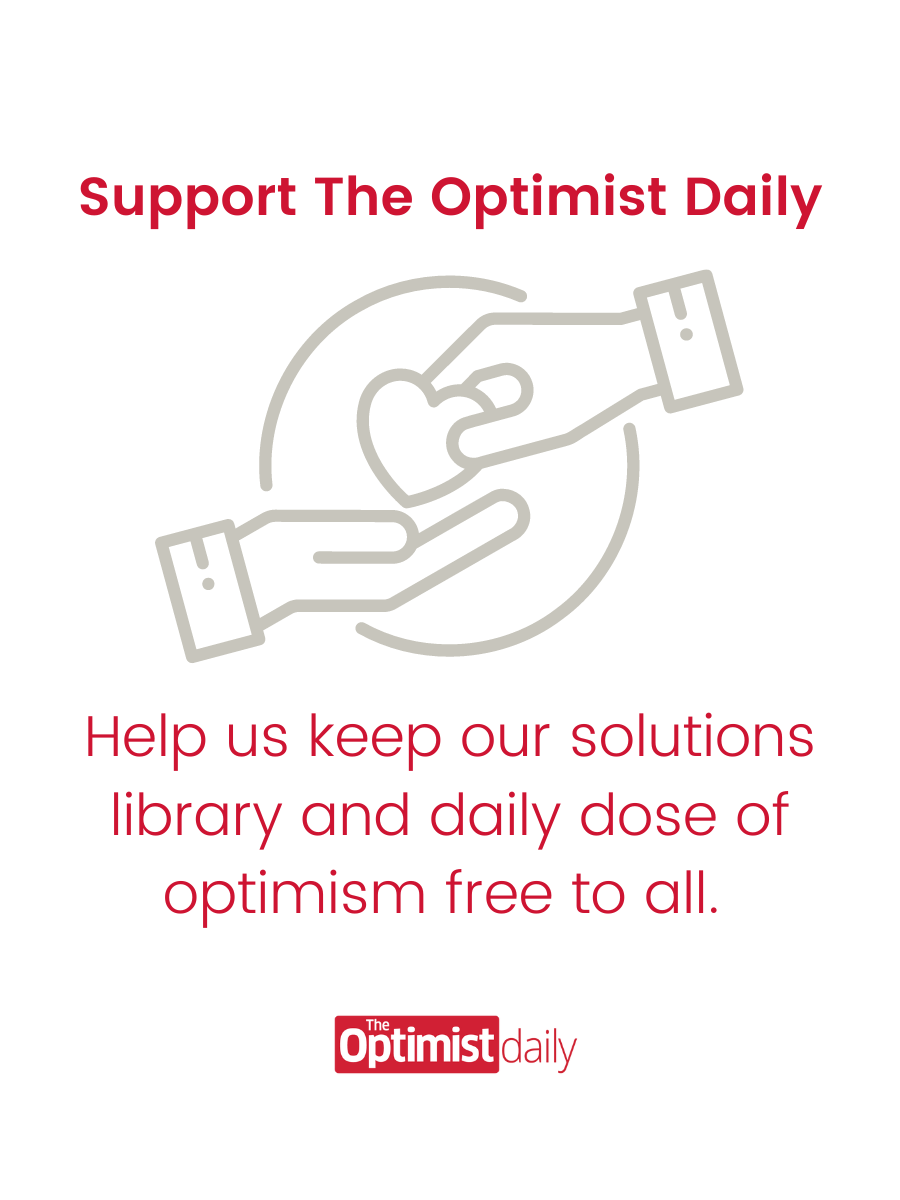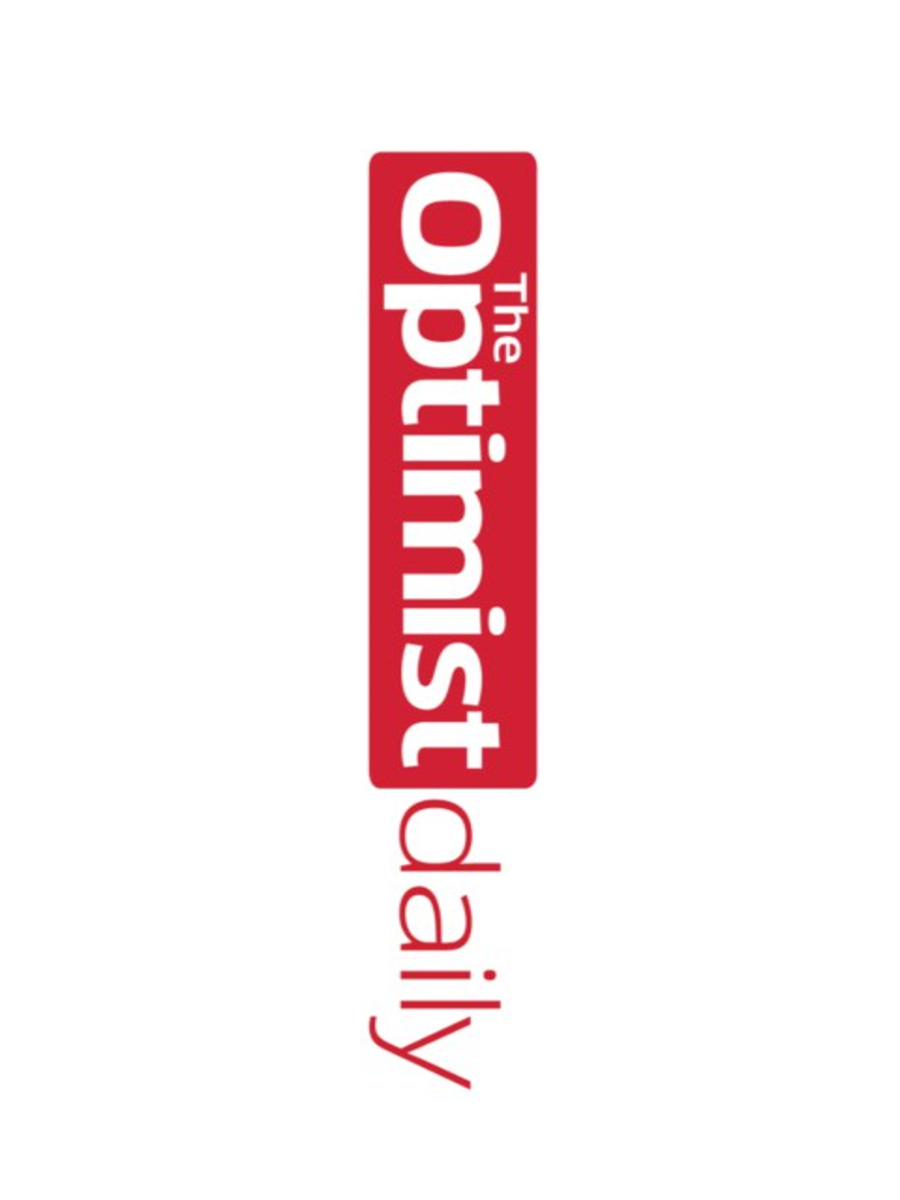Ludwig von Beethoven is celebrated as one of the best composers of all time, but when he died in 1827, he left behind the unfinished sketches of his 10th Symphony. Beethoven fans have since pondered what the remainder of that piece would sound like, and now, thanks to a dedicated team of music historians, musicologists, composers, and computer scientists, we have a finished version of that final piece of music.
Collaborating with creative AI startup Playform AI, the group of dedicated researchers taught a machine to learn Beethoven’s entire body of work and replicate his creative process to finish the piece of music.
As described by participating Playform AI researcher Ahmed Elgammal in The Conversation, the team included Dr. Matthias Röder, the director of the music technology organization Karajan Institute, Austrian composer Walter Werzowa, Mark Gotham, a computational music expert, and musicologist Robert Levin.
Armed with a piano, a blackboard, and a stack of Beethoven’s sketchbooks, the team set to work thinking about how they could turn fragments of a musical masterpiece into whole movements true to the original vision Beethoven had for the music nearly 200 years ago.
The musical experts set to work transcribing the sketches from the 10th Symphony and ordering them while Elgammal taught the AI system to learn Beethoven’s style and how to take a melodic line and harmonize it. Through painstaking work, the AI reached a point of fluency where it could produce musical scores. These were then played for journalists, music scholars, and Beethoven experts for feedback. It would take 18 more months, but the team finally assembled two entire movements of more than 20 minutes apiece.
The finalized piece, a completed version of Beethoven’s 10th Symphony, will be unveiled to the world on Oct. 9, 2021. There is no way to know for sure what path Beethoven would have taken in finishing the piece, but teaching an AI system to replicate his style is as close as we can get to reproducing his creative thinking in the modern age. Elgammal summarizes, “When it comes to the arts, I see AI not as a replacement, but as a tool – one that opens doors for artists to express themselves in new ways.”












